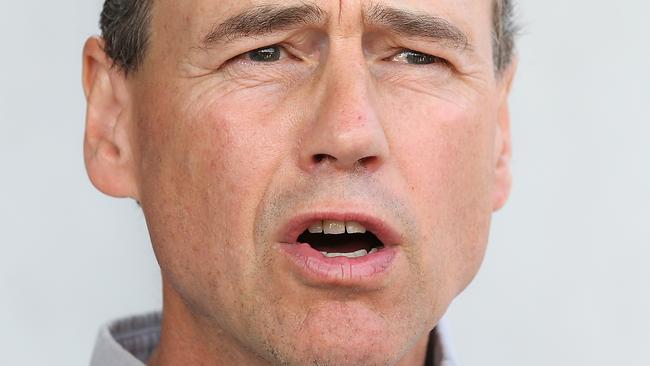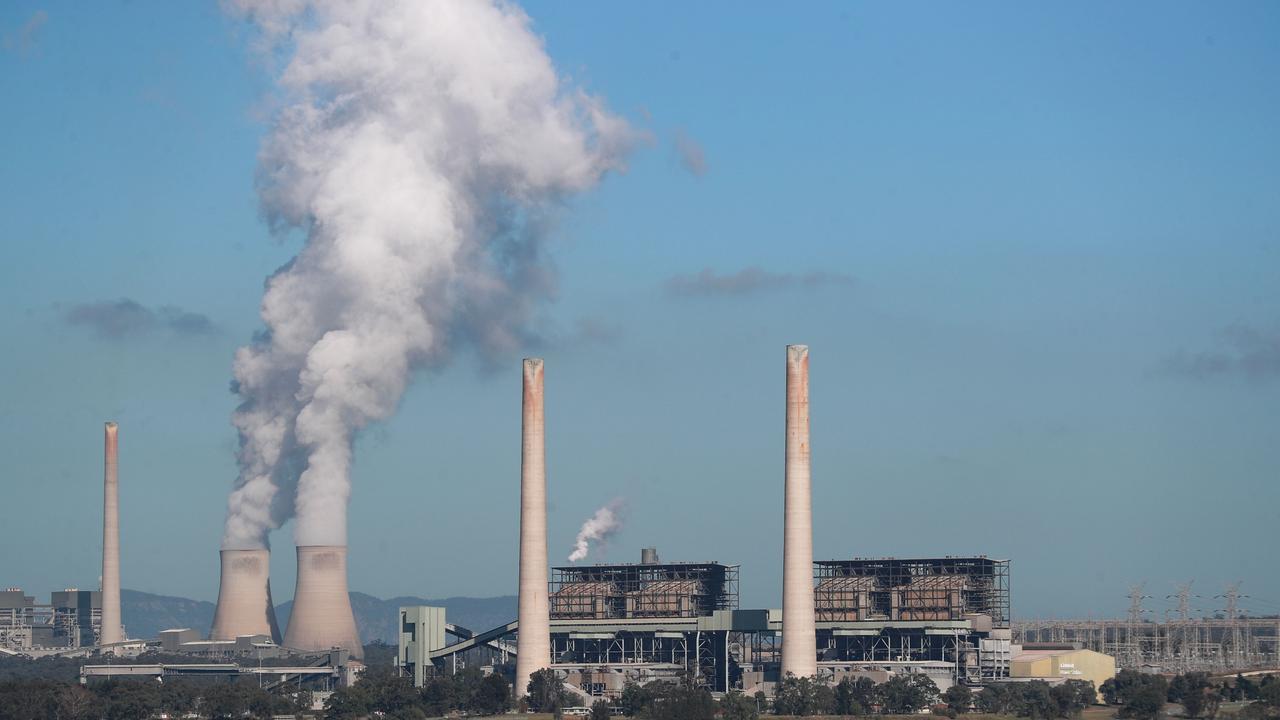Bush doctors in line for big pay boost under new specialist plan
Rural doctors could be recognised as specialists and paid more for some of the tasks they perform.

Rural doctors could be recognised as specialists and paid more for some of the tasks they perform as part of a plan to tackle a shortage of general practitioners outside the capital cities.
The plan, which has won the backing of the Morrison government, would formally recognise “rural generalist’’ as a new speciality recognising the skillset of bush GPs, who are routinely required to deliver babies, administer anaesthesia, perform surgery and respond to mental health emergencies.
Out of 102,000 doctors in general practice across the country, almost 25,000 who work in rural and remote areas could receive a pay boost. Medicare rebates for accredited GPs in the bush who performed certain specialty services could more than double.
With doctors in such areas mostly accepting Medicare bulk billed rates as their fee, a rural GP currently earning $109 for an hour assessing a patient with depression could receive $269 as a rural specialist, the same rebate as a psychiatrist.
Rebates for home visits to palliative care patients would jump from $65 to $161 under the proposed changes.
Despite 150 young doctors accepted for rural GP training programs annually, plus a further 440 who self-fund their training, intakes have failed to keep up with demand.
Many typically leave, after one or two years of minimum service, preferring better pay and less harsh conditions in metropolitan areas.
While the proposed rural generalist scheme is still to be fully costed and gain approval from Health Minister Greg Hunt, it is at an advanced stage of development with an application to the Medical Board of Australia.
A joint application submitted by the Australian College of Rural and Remote Medicine and the Royal Australian College of General Practitioners seeks formal recognition of the specialised skills of rural generalist doctors trained in obstetrics, anaesthetics, mental health and emergency medicine.
Junior doctors with two to three years’ post-graduate experience as registrars could apply for a further four years’ training to gain their specialist qualification.
While details are still to be determined, GPs with considerable experience in the bush and qualified in areas such as obstetrics and anaesthesia could be automatically accepted — or required to undertake only some additional training.
Specialist fees would not apply to all work performed by rural generalist doctors; they would become eligible for higher rebate fees only when their medical consultation service stepped up to a specialist skill as set out under itemised Medicare regulations.
A 15-minute consultation by a rural or remote GP to treat patients for minor ailments not requiring specialist skill would still attract the basis $37.70 rebate.
Regional Services Minister Mark Coulton supported the new medical specialty, and said the government accepted incentives were needed to drastically improve doctor-patient ratios in the bush.
Taking into account existing rural GP programs and workforce turnover rates, backers of the new speciality say 350 “rural generalist” doctor graduates would be needed each year to retain numbers over time. The 350 would represent 10 per cent of annual graduations from Australian medical schools and a quarter of the annual 1500 intake for general practice training places.
National Rural Health Commissioner Paul Worley described efforts to establish a national scheme of rural generalist specialty training as “transformative” for rural communities, and the most profound rural medical workforce initiative in the past two decades.
“It’s very clear that at the moment there are many patients in rural and remote Australia who are not getting an equitable medical Medicare rebate for the services that are being provided for them by rural generalists,” Professor Worley said.
“It’s about listening to rural communities and finally pulling together and implementing all the knowledge we have on how to create a sustainable home-grown rural medical workforce.”
Australian College of Rural and Remote Medicine president Ewen McPhee said recognition of a rural generalist specialty was likely to significantly enhance rural communities’ ability to attract and retain country doctors.
Dr McPhee, an experienced GP from Emerald in central Queensland, said some small communities with no doctor for 10 to 15 years could expect to “see doctors coming through” as a result of the program.
He anticipated an extra 400 doctors would start every year in rural communities, with fewer seeking transfers back to the city.
“It’s all about getting doctors to come to the bush and giving them an identity,” he said.
The federal government has already committed $62m to developing a national model of rural generalist training. Under the specialist proposal, it would be run through the medical colleges.
The National Rural Health Alliance estimates a $2bn government “under-spend” on bush medical services, compared with the city.
From January, doctors will be eligible for top-up payments of between $4500 and $60,000 for working in the bush, while rural practices will be able to access $125,000 payments for employing health practitioners.
The government is also formulating plans for junior doctors training as GPs to be employed directly by local health districts, guaranteeing security of employment and access to benefits including holiday and sick pay.
Mr Coulton said it was critical those wanting to train as GPs had security of employment.
“One of the reasons people are staying working in the hospitals is because they’re treated as employees, they have holiday pay, sick pay, maternity leave whereas if you work in a GP practice you only get paid for the time that you’re in your rooms talking to people,” Mr Coulton said.


